A "maritime drone" refers to remotely operated tools used in the maritime industry. These drones can be aerial UAVs or underwater ROVs, but this article focuses on airborne applications, which are more widely used today. The popularity of maritime drones is growing rapidly. In 2021, for example, the European Maritime Safety Agency (EMSA) awarded a €30 million contract to TEKEVER for aerial surveillance of European waters. This shows how critical these technologies have become in modern maritime operations. Maritime drones are versatile and adaptable, making them ideal for a wide range of tasks. From inspections to security and even search and rescue, they offer efficiency, safety, and cost savings. As more countries recognize their value, we can expect to see increased adoption by international agencies beyond EMSA. Maritime drones operate in challenging environments that are difficult or dangerous for humans. They help save time, improve safety, and reduce costs during inspections and monitoring. Let’s explore some of the key uses. Cargo holds are often dirty, cramped, and hard to access. Traditional inspections require crews to enter these spaces, which can be risky and time-consuming. Maritime drones can quickly scan the area, identifying contaminants like rust, paint peeling, or grains that could lead to failed inspections. By using drones, companies can avoid costly delays and ensure compliance with strict regulations. It also improves crew safety and reduces downtime for the ship. Engine rooms can be extremely dangerous, especially after a fire. Maritime drones like the Elios 3 can safely enter these spaces, assessing the damage and ensuring it's safe for firefighters to enter. Their ability to withstand high temperatures makes them invaluable for emergency response. Inspecting ballast and fuel tanks is both dangerous and time-consuming. Using drones can cut inspection times by up to 90%. They can cover 100% of the surface area, providing accurate data for certifications and reducing the need for human entry into confined spaces. Watch the video below to see the Elios 2 inspecting a ballast tank: Inspecting large cranes is expensive and dangerous. Maritime drones make it safer and more efficient. They can detect structural issues and help plan repairs without requiring workers to climb the structures. Drones are also used for maritime security, including border patrols, anti-pollution efforts, and tracking illegal activities. With advanced sensors, they can monitor vast areas and provide real-time data to authorities. Maritime drones are increasingly used in search and rescue missions. They can quickly locate people in distress and even drop life-saving equipment. In Australia, a drone saved two teenagers by deploying a flotation device, avoiding the need for a risky water rescue. Delivering supplies to ships can be costly and time-consuming. Drones offer a faster, cheaper alternative. They can transport documents, parts, or medical supplies directly to vessels without the need to return to port. Maritime drones bring many advantages, including: Maritime drones are transforming the industry through real-world applications. Here are a few examples of how they're being used effectively. In one case, a mid-sized ship avoided 15,000 hours of manual labor by using a drone for oil tank inspections. The drone replaced scaffolding and reduced the number of personnel needed, saving time and money while maintaining compliance with class standards. A photo from the close visual inspection with the Elios 3 inside the COTS. Read more about this case study of maritime drone inspection of cargo oil tanks. A vessel undergoing a class survey saved over $1 million by using a marine drone instead of traditional methods. The drone eliminated risks and reduced the number of workers needed, while still delivering accurate inspection data. Read the full story on using a maritime drone for a hull inspection. An FPSO vessel completed inspections of its oil tanks in just four days using a marine drone, compared to a traditional timeframe of two weeks. The drone improved efficiency and kept personnel out of hazardous areas. A rig off the coast of Brazil used two Elios drones to inspect 63 tanks in just 14 days. This was far more efficient than traditional methods, which would have taken months with multiple teams. Learn more about inspecting 63 tanks with drones. Choosing the right type of maritime drone depends on whether your operations are indoor or outdoor. The Elios 3 is designed for navigating tight, hazardous spaces. Its spherical design and FlyAware software allow safe inspections of ballasts, tanks, and engine rooms. It features a dual thermal camera, powerful lighting, and modular payload options, making it highly versatile. The Matrice 300 RTK is built for harsh maritime conditions. It has a long flight time, IP45 rating, and compatibility with various sensors. Ideal for large-scale inspections and surveillance, it offers reliable performance in challenging environments. The Schiebel CAMCOPTER S-100 is a versatile drone used for both civilian and military operations. With advanced sensors and navigation systems, it excels in maritime environments. It can be used for surveillance, search and rescue, and other critical missions. Many ship owners prefer to use specialized service providers rather than purchasing their own drones. These services include certified operators who can perform ultrasonic thickness measurements and other complex inspections, offering cost-effective and efficient solutions worldwide. Customizing up to 12" inner diameter, with the features of high discharge efficiency and large flow, Letone Suction Discharge hose is widely using in the construction and agriculture industries.we can providecustomers with the size of 1 inch~ 16 inches, the application of the hose is mainly usedfor conveying concrete, mud,sand,slag and other media. Suction Discharge Hose,Suction Hose,Rubber Suction Hose,Sand Rubber Suction Hose Luohe Letone Hydraulic Technology Co., Ltd , https://www.litonghose.comWhat Is a Maritime Drone?

What Are Maritime Drones Used For?
Cargo Hold Inspections

Engine Room Inspections
Ballast and Fuel Tank Inspections
Port and Ship to Shore Crane Inspection
Security and Surveillance
Search and Rescue
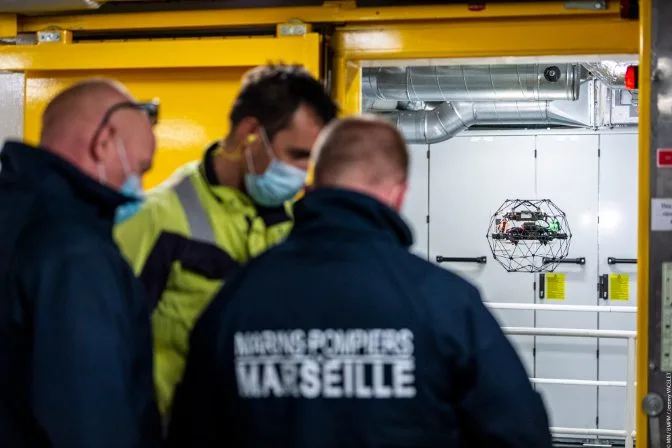
Drone to Ship Deliveries
Benefits of Using a Maritime Drone
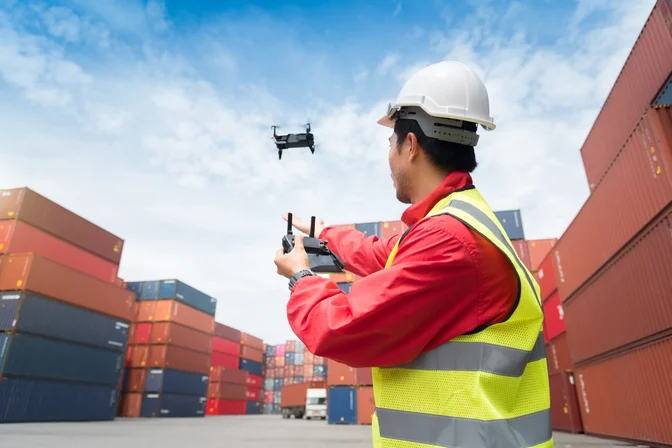
Case Studies of Maritime Drone Services
Saving 15,000 Hours of Work with a Maritime Drone
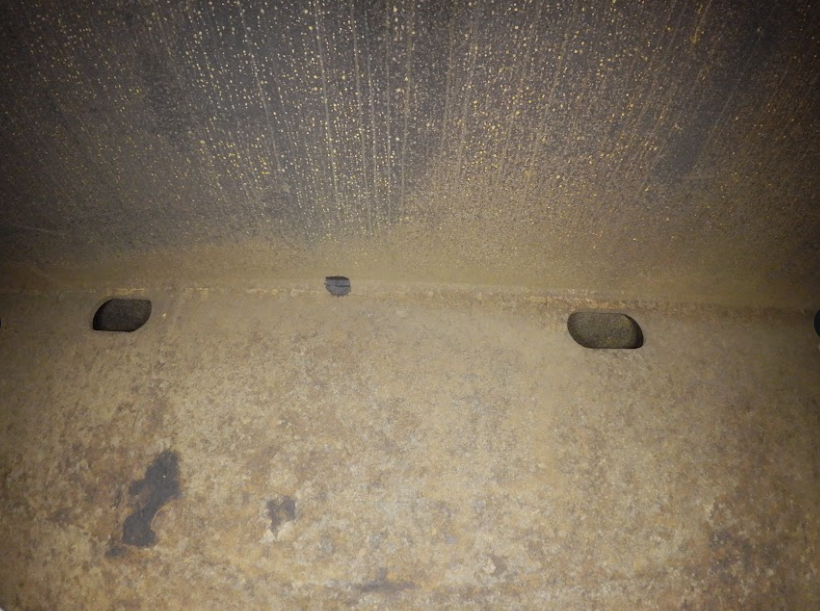
Marine Drone Services Save $1 Million for a Hull Inspection
 Malcolm of C-Bird guides the drone around the ship hull
Malcolm of C-Bird guides the drone around the ship hullInspecting Oil Tanks on an FPSO with a Marine Drone

Read more about the oil tank inspections on an FPSO with a maritime drone.Inspecting 63 Tanks with 2 Elios Drones in 2 Weeks
 The tanks being inspected are very high, making them difficult to inspect manually
The tanks being inspected are very high, making them difficult to inspect manuallyTypes of Maritime Drones
Indoor Maritime Drones
Flyability Elios 3
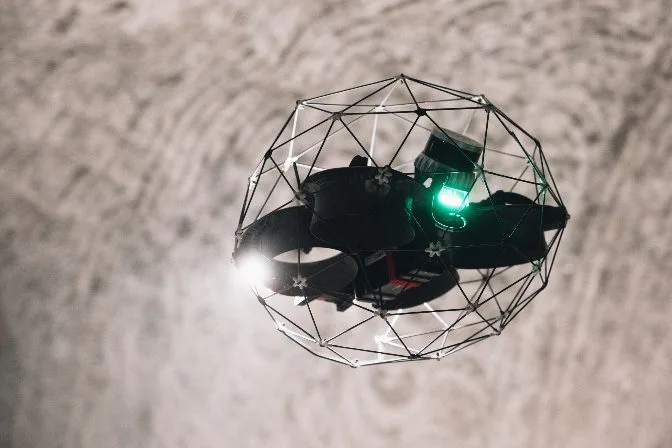
Outdoor Maritime Drones
DJI Matrice 300 RTK

Schiebel CAMCOPTER S-100
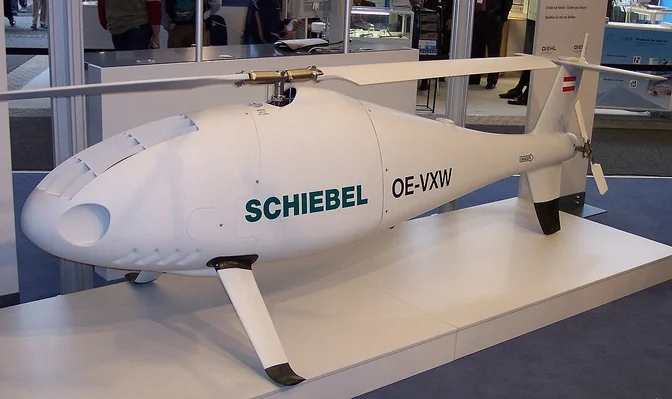
Maritime Drone Services